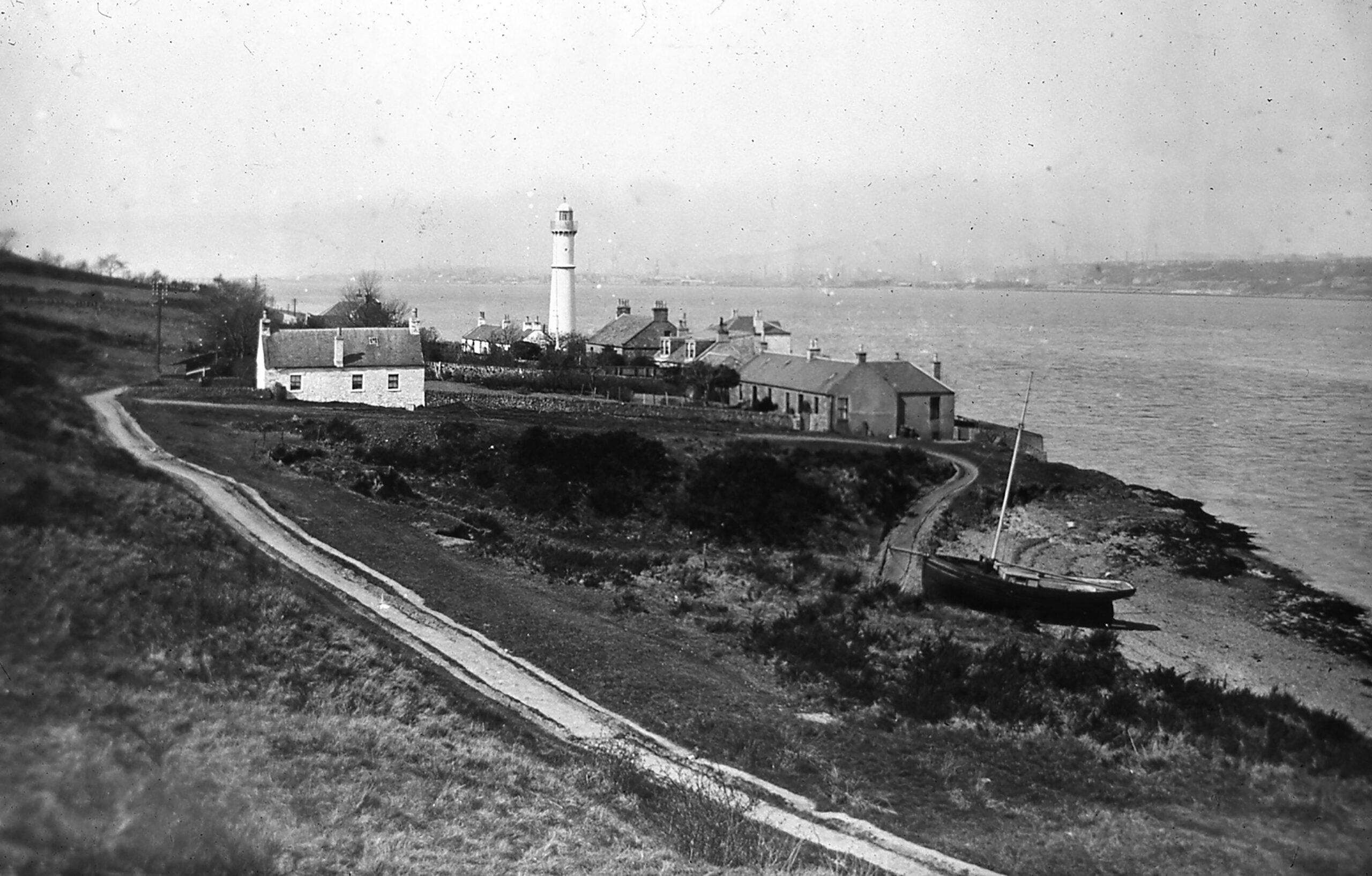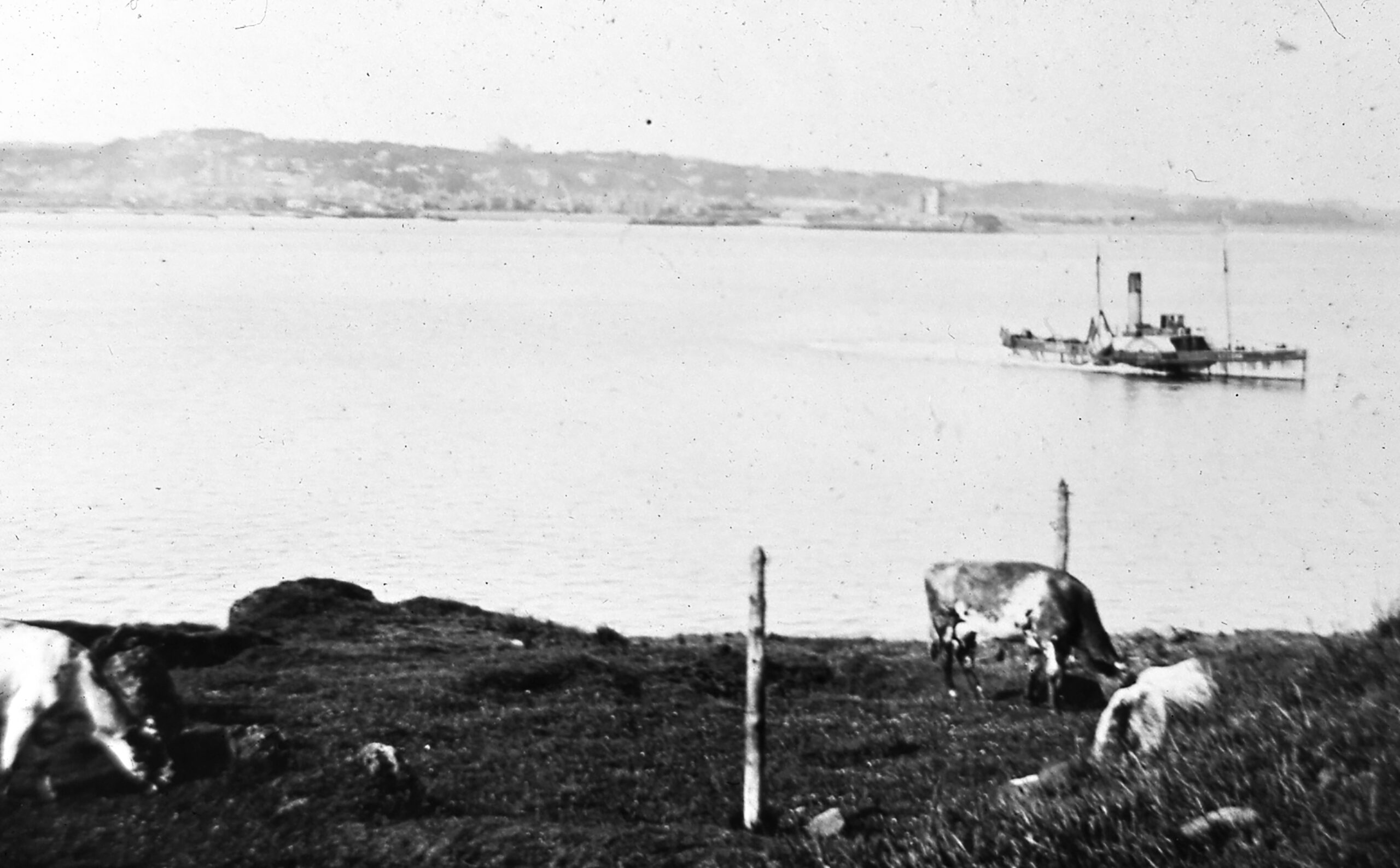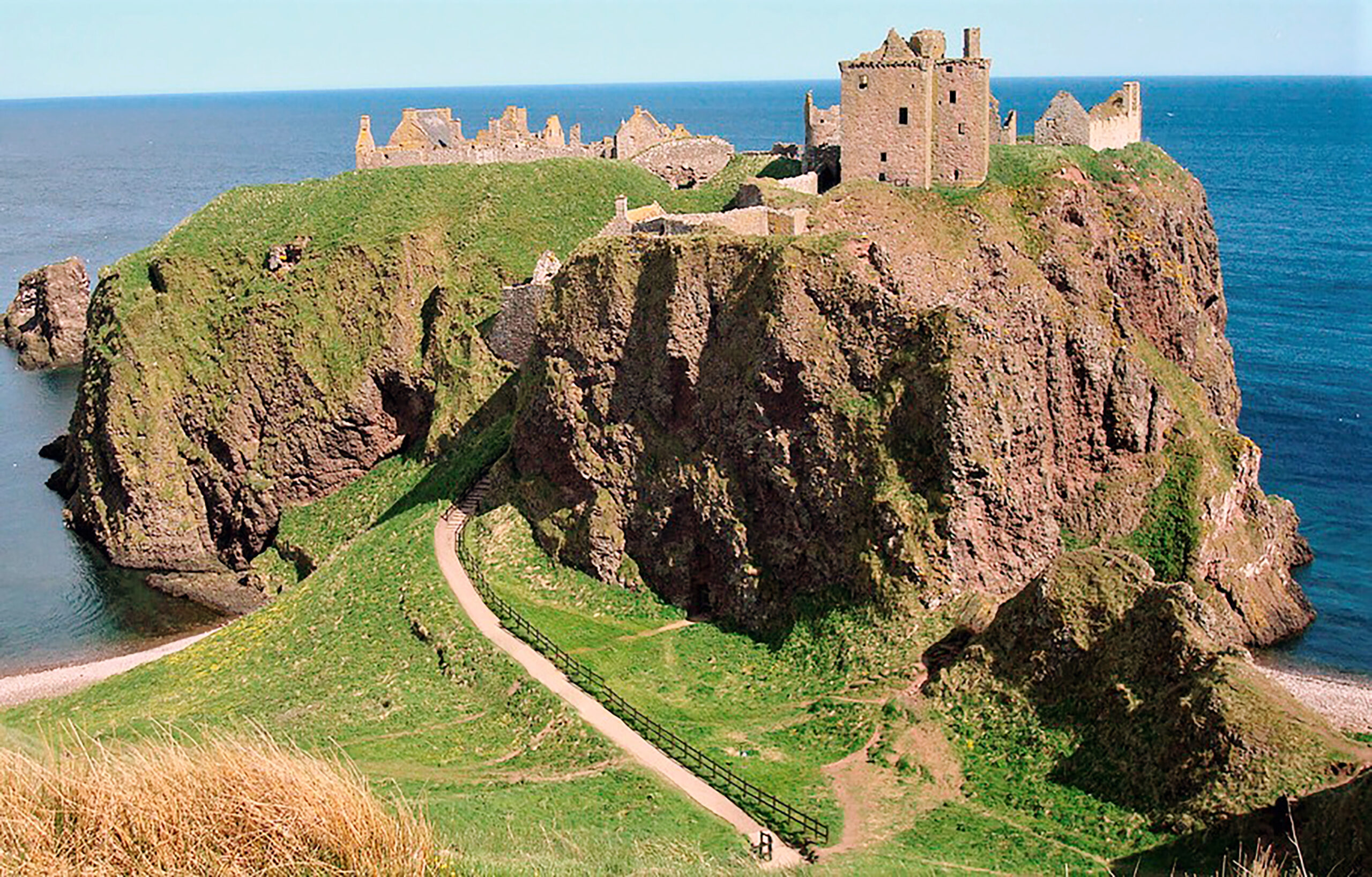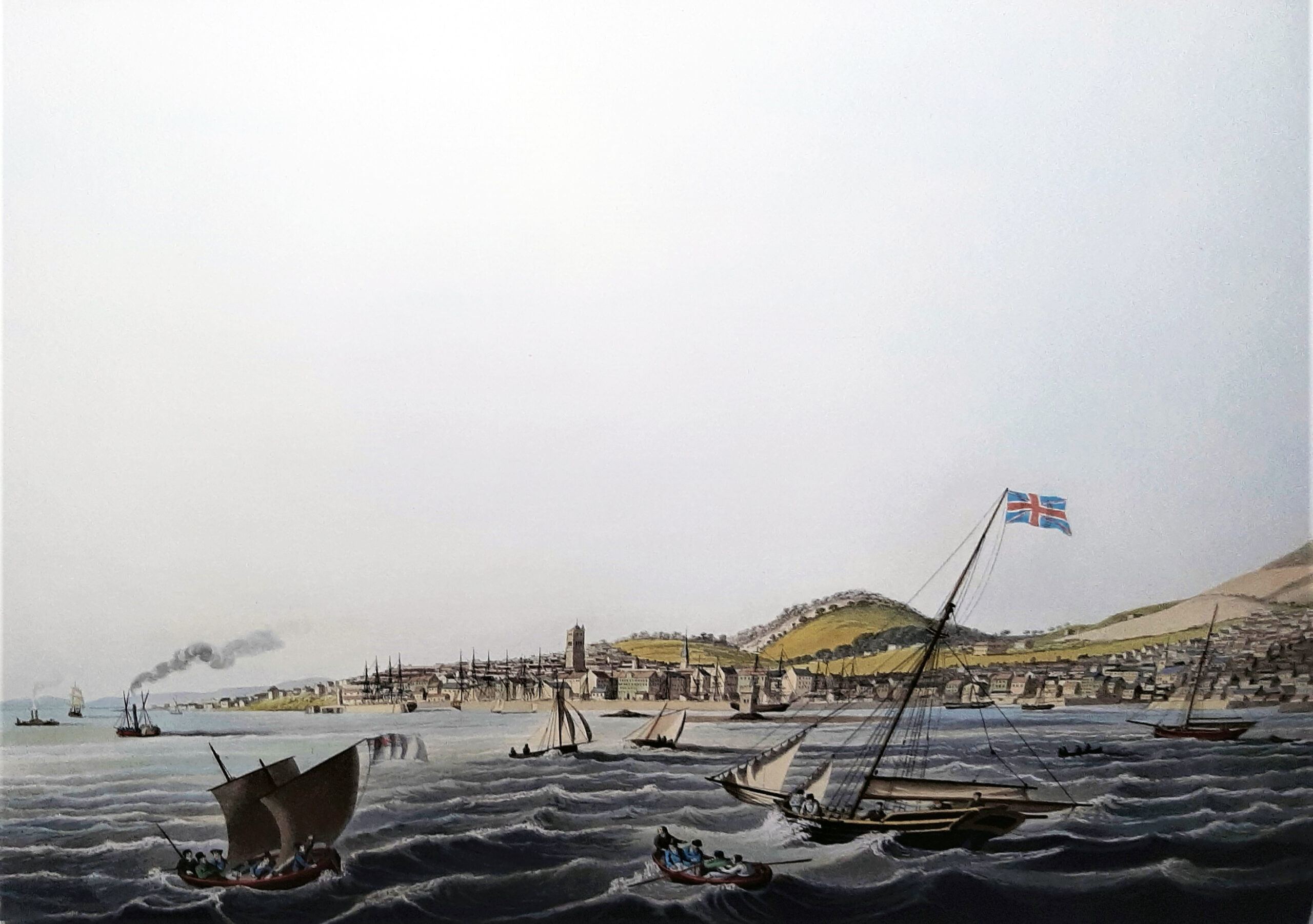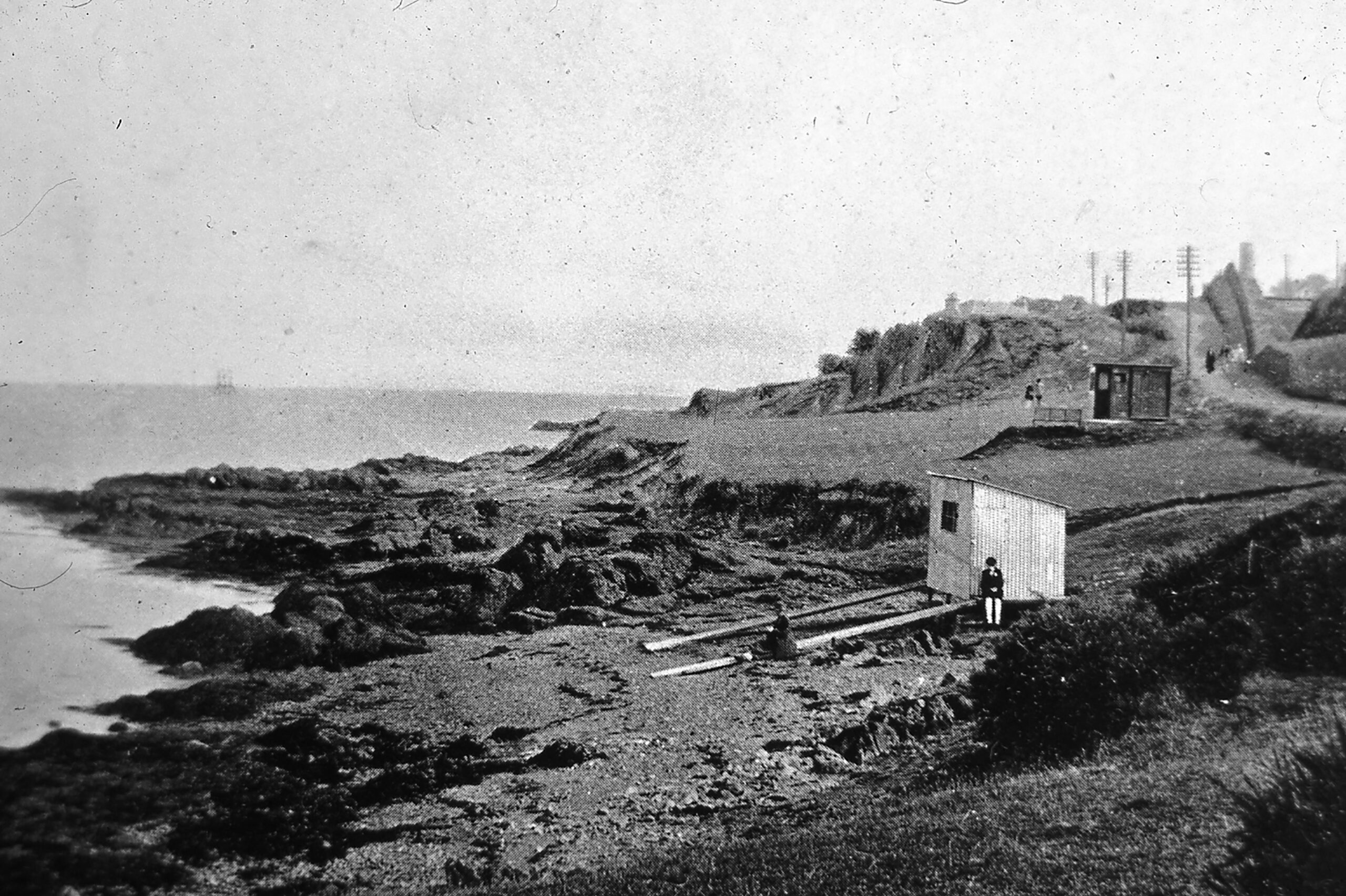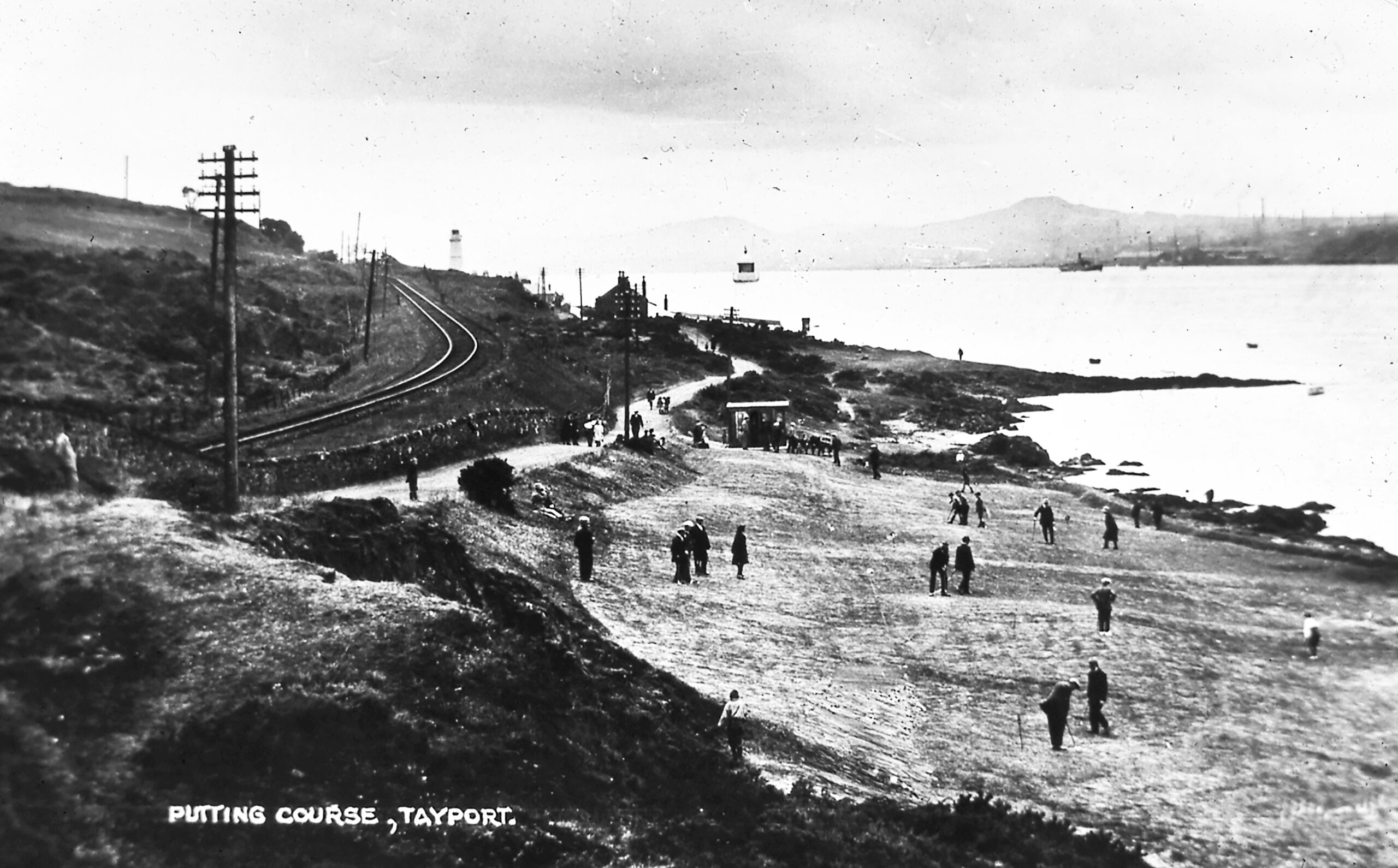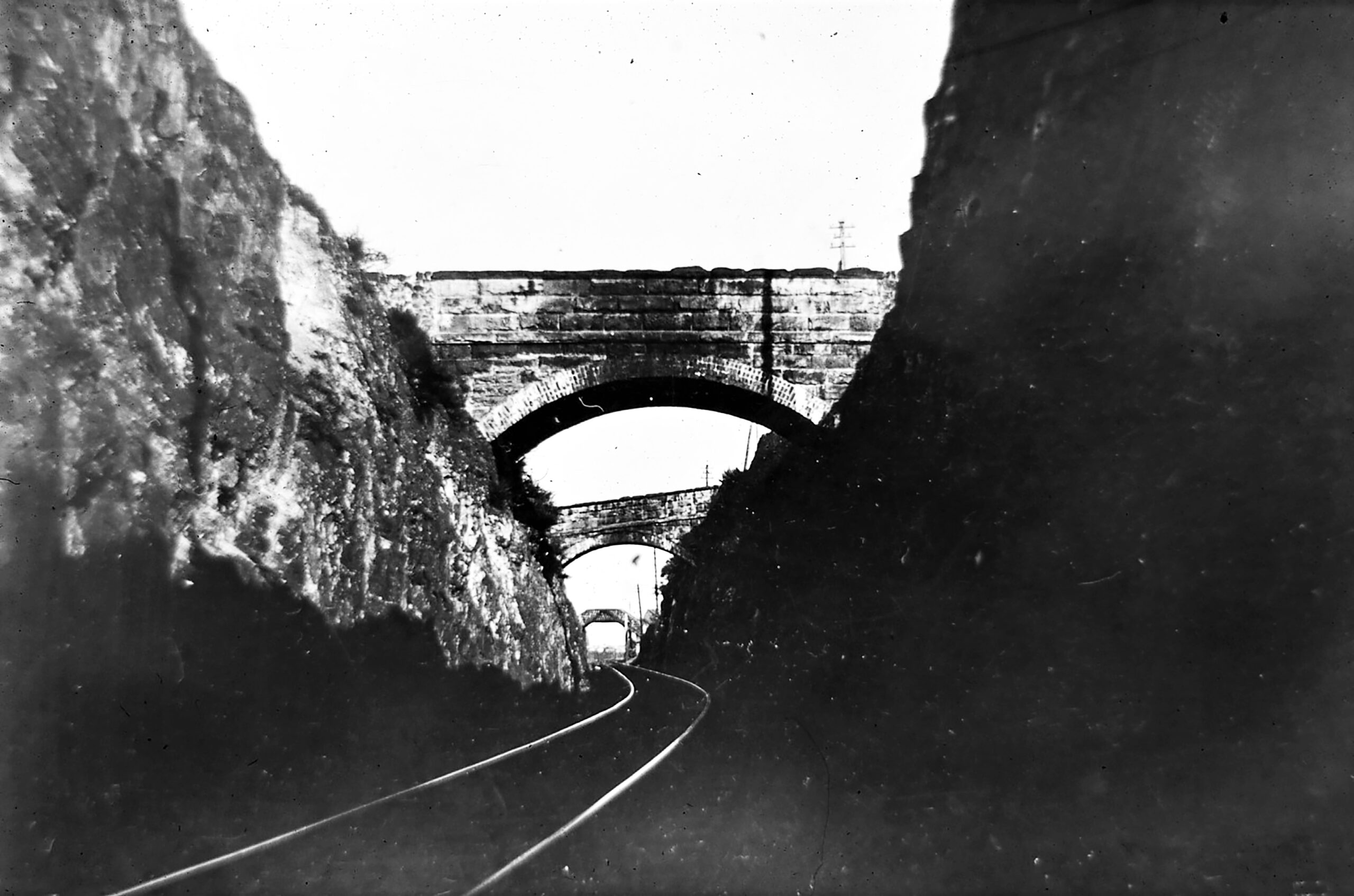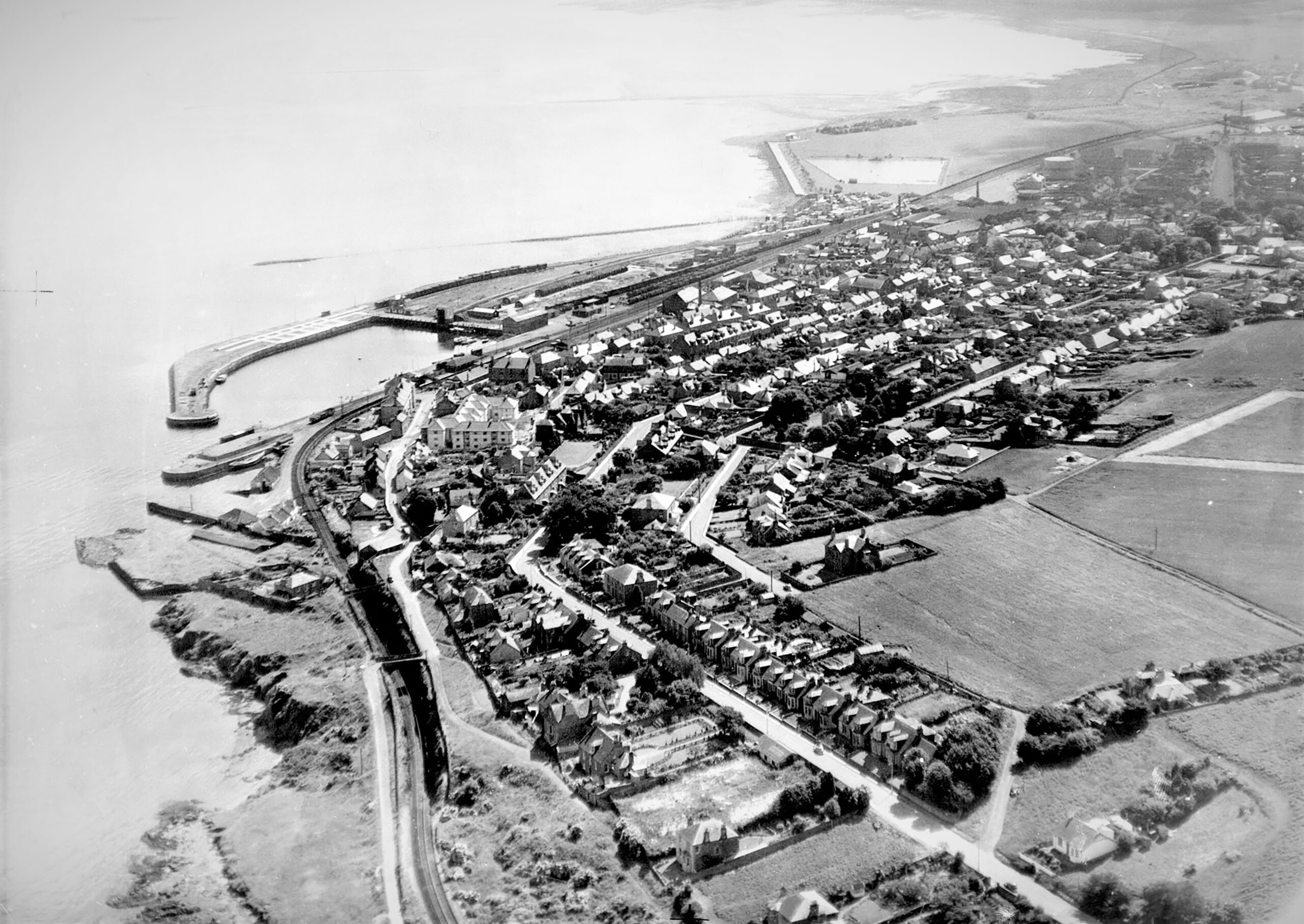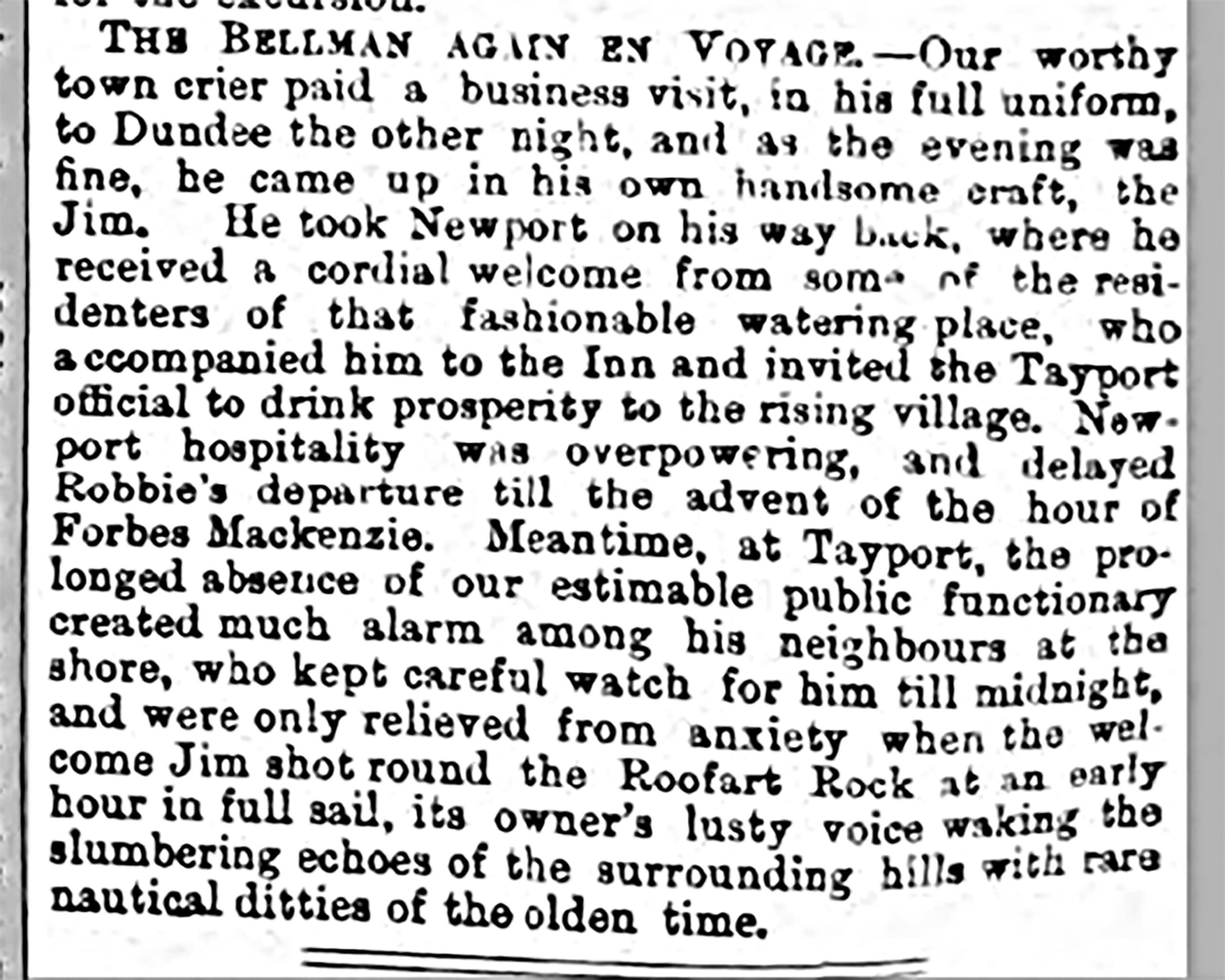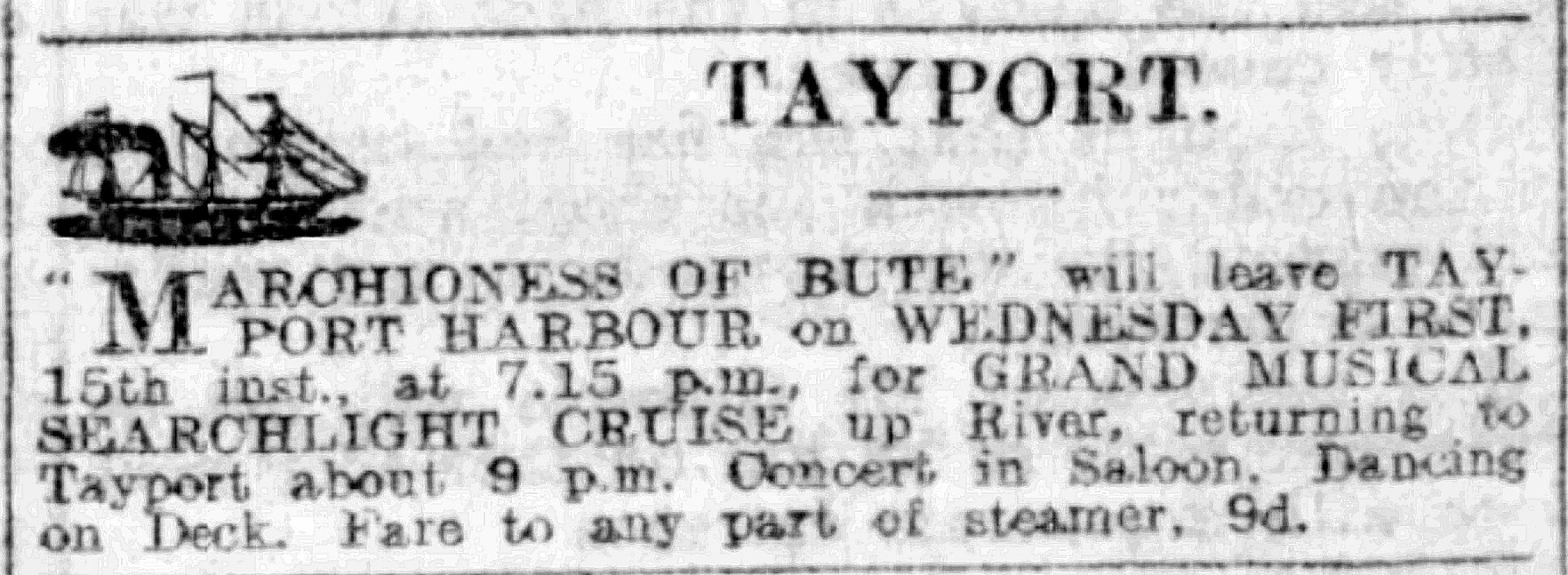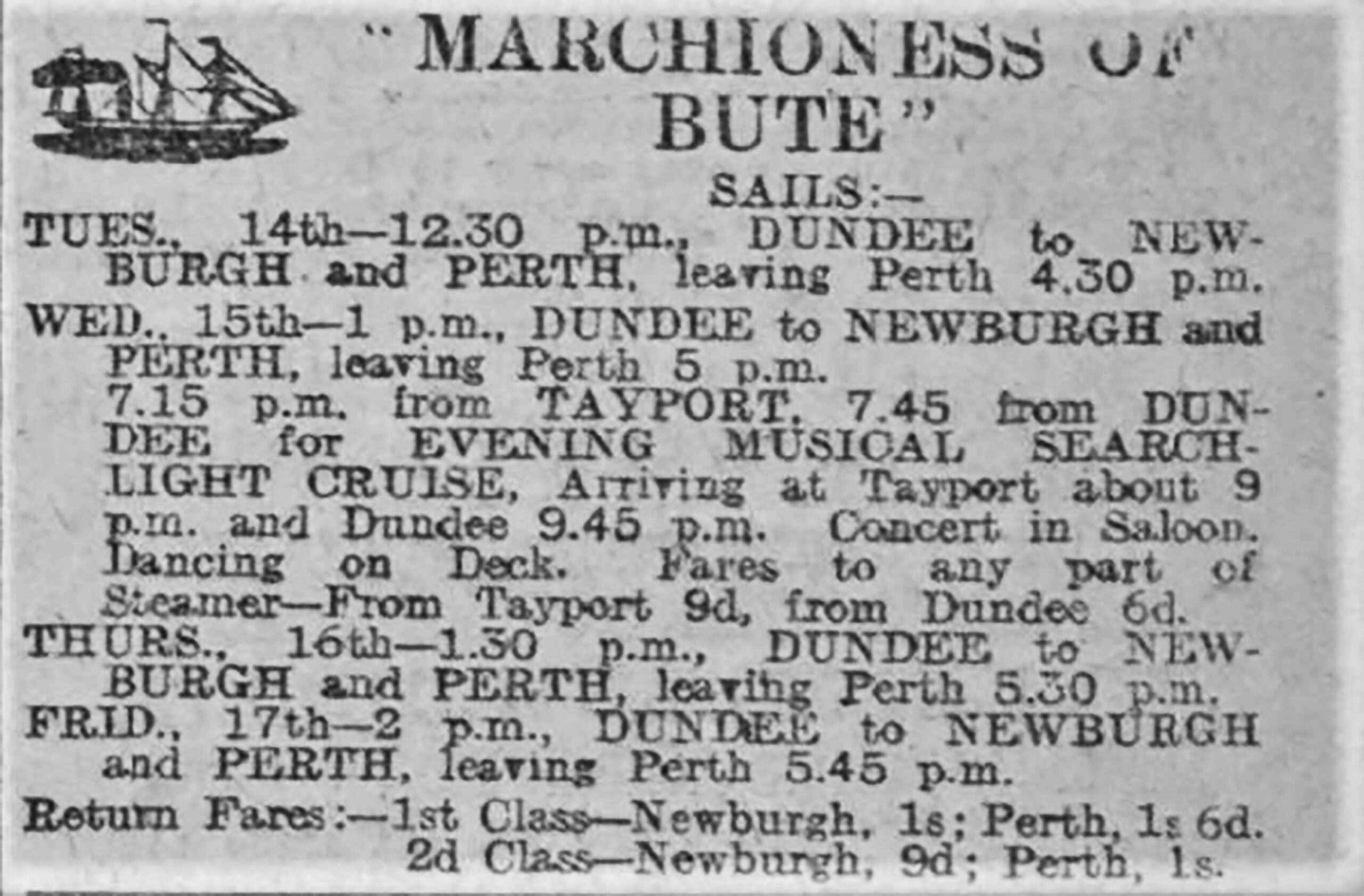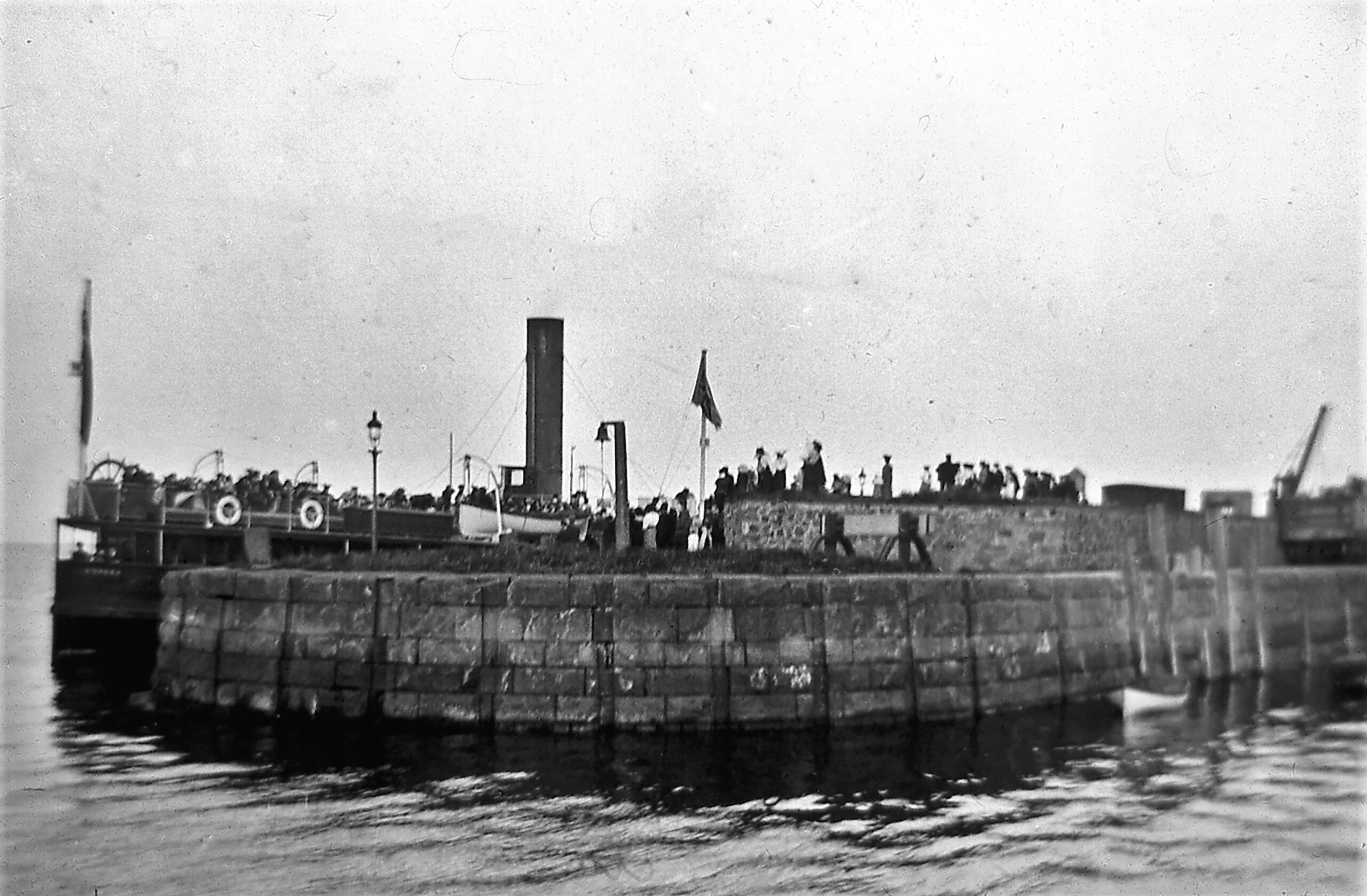The Statistical Account (SA) of 1793 advises “there is an act of the 7th Parliament of King James III held at Edinburgh, May 9th 1474 regulating other passages and at the Port-in-Craige, ane penny for the man and the horse ane penny.” It is recorded that 1501 King James IV crossed on his way to Arbroath at a cost of 28 shillings including horses and it was said that unscrupulous boatmen charged an extortionate price. In September 1645, Dundee Council, due to the approach of plague spreading through several burghs of Fife, discharged any passage at all by water and ordained that no boats cross the river. – The 1793 S.A. also notes that the Rev. Robert Dalgleish, minister and Laird of Scotscraig, advises “it was often found so inconvenient and dangerous to boat horses from a ragged craig and the Legislature interposed their authority, ordaining the ferries to make brigges to their boats (by which is meant a kind of timber platform, to be laid from the most proper part of the craig, to the gunwale of the boat) for shipping horses with more ease and safety. These brigges were always used at this passage, till some time ago, that piers were built for the convenience of passengers and the security of horses.”
The Commonty Agreement of 1799 included that cattle and bestial of all kinds passing and re-passing over the Tay at Ferry-Port-on-Craig, shall have the same liberty and privileges in time coming of resting and pasturing on the same piece of ground to the west of the village, as was the custom in all former periods. The completion of the St Michaels to Newport Turnpike Road in 1787 saw increased use made of the Newport river crossing, however the drovers still often crossed here, ” having good conveniency for their cattle on both sides of the river.“

